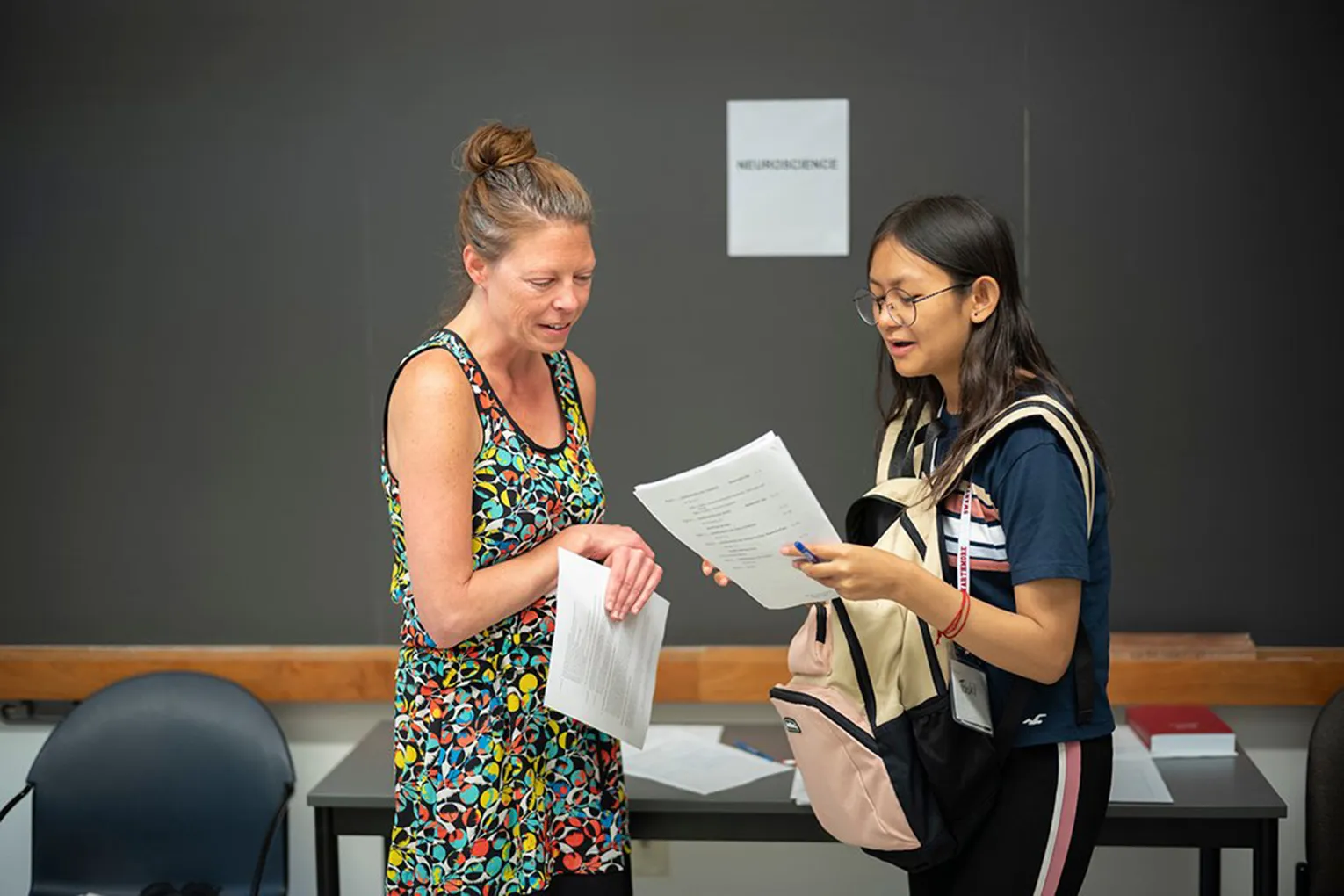International Travel Policy
As a global engaged campus, Swarthmore’s community is actively involved in activities that require travel outside of the United States. Global educational experiences and research collaborations are invaluable and central to the College’s mission. However, international travel also entails hazards that require precautionary measures, mitigation strategies, and careful advance planning by individuals.
The International Travel Policy establishes a set of guidelines and requirements for Swarthmore Global Travel. This policy does not extend to foreign projects/ activities that are wholly for personal reasons and lacking any financial or administrative support from the college. Pre-travel requirements as described apply to all audiences.
International Travel Policy | |
| 1. | There are specific parameters that define Swarthmore Global Travel. |
| 2. | All Swarthmore Global Travel by students will be reviewed. International travel to locations (countries, regions, or cities) designated as low or moderate will typically not require formal pre-authorization by the ITRMC, unless other risk factors that must be considered in relation to the proposed activity and/or travel. |
| 3. | “Elevated Risk” Swarthmore Global Travel (by anyone) must be approved by ITRMC. Risk-related decisions are conditional. Geopolitical situations can pose unpredictable security concerns. Following a determination, ITRMC may be required to revisit an approval should circumstances alter from existing knowledge of conditions. |
| 4. | Swarthmore Global Travel must be registered. All students/faculty/staff traveling overseas on travel that is funded or sponsored by Swarthmore must submit their information to the Travel Registry at least 3 weeks prior to departure. This information is used for emergency preparedness and for providing assistance in the event of a health or other emergency while the traveler is abroad. |
| 5. | Travelers are expected to be informed and stay mindful of local conditions. Students/Faculty/Staff should understand the risks associated with their trip, be informed about local conditions at their destination, carefully plan for contingencies, follow advice provided, and exercise caution once they arrive at their destination. |



